Creative Computing Curriculum
The Creative Computing Curriculum is a collection of ideas, strategies, and activities for an introductory creative computing experience using the Scratch programming language.
Additional details
| Year band(s) | 3-4, 5-6 |
|---|---|
| Content type | Professional learning, Lesson ideas |
| Format | Web page |
| Core and overarching concepts | Implementation (programming), Algorithms, Abstraction, Specification (decomposing problems) |
| Australian Curriculum Digital Technologies code(s) |
AC9TDI4P01
Define problems with given design criteria and by co-creating user stories
AC9TDI4P02
Follow and describe algorithms involving sequencing, comparison operators (branching) and iteration
AC9TDI4P03
Generate, communicate and compare designs
AC9TDI6P02
Design algorithms involving multiple alternatives (branching) and iteration
AC9TDI6P04
Generate, modify, communicate and evaluate designs
AC9TDI6P05
Implement algorithms as visual programs involving control structures, variables and input |
| Technologies & Programming Languages | Scratch |
| Keywords | Programming, Scratch, Visual Programming, Computational thinking, Course |
| Organisation | Harvard Graduate School of Education |
| Copyright | Creative Computing Lab, Harvard Graduate School of Education. Creative Commons BY-NC-SA 4.0. |
Related resources
-

Classroom ideas: Micro:bit Environmental Measurement (visual and general-purpose programming) (Years 5-8)
Investigating environmental data with Micro:bits: This tutorial shows the coding needed for digital solutions of some environmental issues that can be created using pseudocode and visual programming.
-

DIY micro:bit metal detector (Years 5-6)
This activity shows one way to incorporate Digital Technologies into a goldfields unit in an authentic way using a micro:bit.
-

Visual programming with Scratch (Years 3-6)
This resource comprises a collection of sample activities that incorporate visual programming (Scratch) into teaching and learning programs.
-
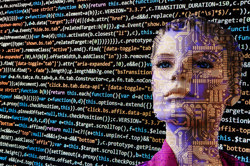
Robots, data and computational thinking (Years 2-4)
This classroom resource comprises four worksheets to accompany a lesson on data and computational thinking. These materials are designed for teachers to use simple line-following robots (Ozobots) to engage students in the computational thinking process and working with data.
-
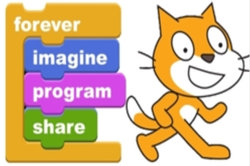
Computing at School: Resources
Browse the curriculum resources which are tried and classroom tested resources submitted by primary teachers to support Computing for early to middle primary school. Requires free registration.
-
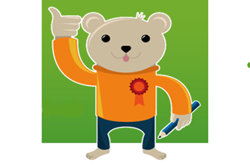
CAS Barefoot
A broad collection of online resources to support teachers to develop and implement computational thinking, concepts and computer programming. Free log in required to access materials.
-
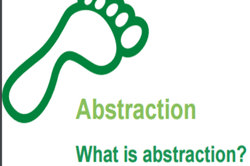
Abstraction
Want to find out more about what abstraction is and its role is in computational thinking? This resource outlines: What is abstraction, why is abstraction important and what abstraction looks like in the primary curriculum.
-
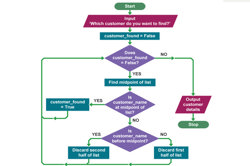
Algorithms – 7 learner guides
This site offers a range of resources to help teach algorithms and their components.
